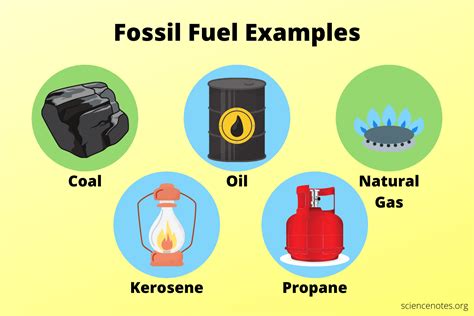fossil fuel examples - solid fossil fuels examples : 2024-11-01 fossil fuel examplesLearn about the three main types of fossil fuels (coal, oil, and natural gas) and their derivatives (such as gasoline, kerosene, and diesel). Find out the problems with fossil fuels, such as non-renewability, greenhouse gas emissions, and environmental damage. See more fossil fuel examples$30.09
Overseas Recruitment. The Army welcomes enquiries from current and ex-serving members of foreign defence forces who are interested in a new career and a new life in .
fossil fuel examplesA fossil fuel is a carbon compound- or hydrocarbon-containing material such as coal, oil, and natural gas, formed naturally in the Earth's crust from the remains of prehistoric organisms (animals, plants and planktons), a process that occurs within geological formations. Reservoirs of such compound mixtures can be extracted and burned as a fuel for human consumption to provide heat for dire. Learn how fossil fuels, such as coal, oil, and natural gas, are formed, used, and affect climate change. Find out the major types, sources, and impacts of these non-renewable energy sources.Learn about the history, impacts, and trends of fossil fuels (coal, oil, gas) as a global energy source. See how much and where countries produce and consume fossil fuels, and how they fit in the energy and electricity mix. Learn how fossil fuels are nonrenewable sources of energy formed from the organic matter of plants and microorganisms that lived millions of years ago. See how coal, oil, and natural gas differ in their .Learn about the definition, significance, stages, impacts, and reserves of fossil fuels, the three main types of hydrocarbons formed from dead organic material. See charts and maps of global and US fossil fuel .Fossil fuel is a hydrocarbon-containing material of biological origin that can be burned for energy. Fossil fuels, which include coal, petroleum, and natural gas, supply the majority of all energy consumed in industrially . What are fossil fuels? How were they formed? Learn how human use of non-renewable energy sources, such as coal, oil, and natural gas, affect climate change. Nonrenewable energy comes from sources that will run out or will not be replenished in our lifetimes—or even in many, many lifetimes.. Most nonrenewable energy sources are fossil fuels: coal, petroleum, . Natural gas is a fossil fuel.Like other fossil fuels such as coal and oil, natural gas forms from the plants, animals, and microorganisms that lived millions of years ago. There are several . Coal is a black or brownish-black sedimentary rock that can be burned for fuel and used to generate electricity.It is composed mostly of carbon and hydrocarbons, which contain energy that can be released .
fossil fuel examplesFossil Fuels Examples. Fossil Fuels. Fossil fuels are currently used as the primary energy source for the world. They are formed over millions of years from organic materials in the Earth. Fossil fuels are considered to be non-renewable resources that were formed or created when prehistoric plants and animals died and were gradually buried by .The energy in fossil fuels comes from the sun, which drives photosynthesis to change carbon dioxide and water into the molecular building blocks of ancient plants and animals. Both plants and animals build their bodies using predominantly carbon and hydrogen atoms and it is the stored energy in the fossilized hydrocarbon-type compounds that .

Fossil energy sources, including oil, coal and natural gas, are non-renewable resources that formed when prehistoric plants and animals died and were gradually buried by layers of rock.Over millions of years, different types of fossil fuels formed -- depending on what combination of organic matter was present, how long it was buried and what . The Best Example of Fossil Fuels: Petroleum (Oil) Among fossil fuels, petroleum, commonly referred to as oil, stands out as a prime example due to its versatility, widespread use, and significant impact on the global economy. Petroleum is a liquid mixture of hydrocarbons that is present in certain rock strata and extracted to produce fuels . After dying and sinking to the seafloor, the organic material mixed with other sediments and was buried. Over millions of years under high pressure and high temperature, the remains of these organisms transformed into what we know today as fossil fuels. Coal, natural gas, and petroleum are all fossil fuels that formed under .
Hourly weather forecast in Valletta, Valletta, Malta. Check current conditions in .
fossil fuel examples